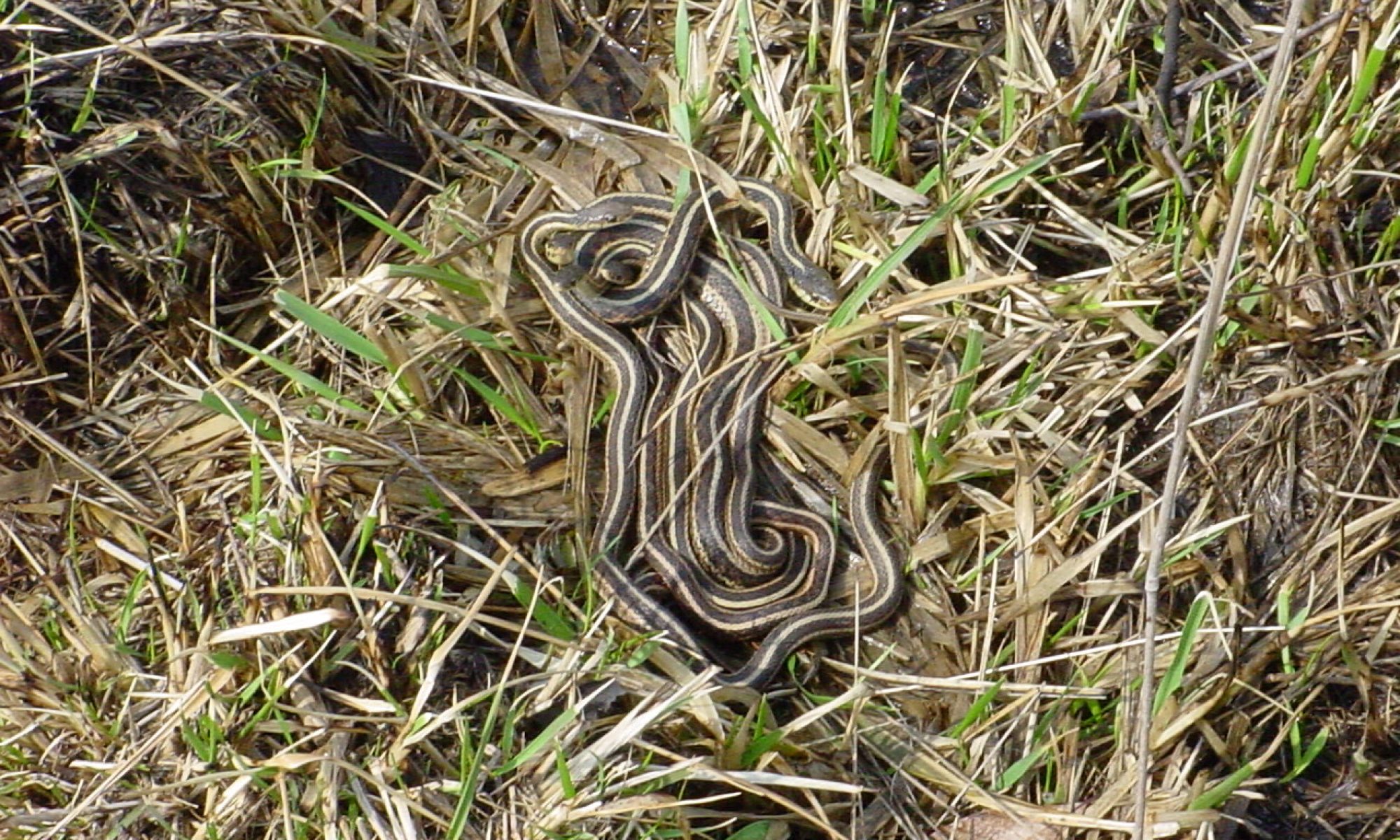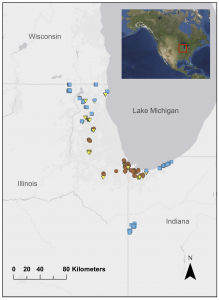Marsh birds are undergoing rapid declines in the United States, with habitat degradation and wetland loss considered primary causes. Due to the cryptic nature of many wetland bird species, the factors and scales affecting their occupancy and habitat use remain unclear.
Despite multiple challenges facing marsh birds, according to Breeding Bird Atlases, northeastern Illinois and northwestern Indiana have remained strongholds for many breeding marsh birds, including secretive rails, bitterns, and Black-crowned Night Herons.
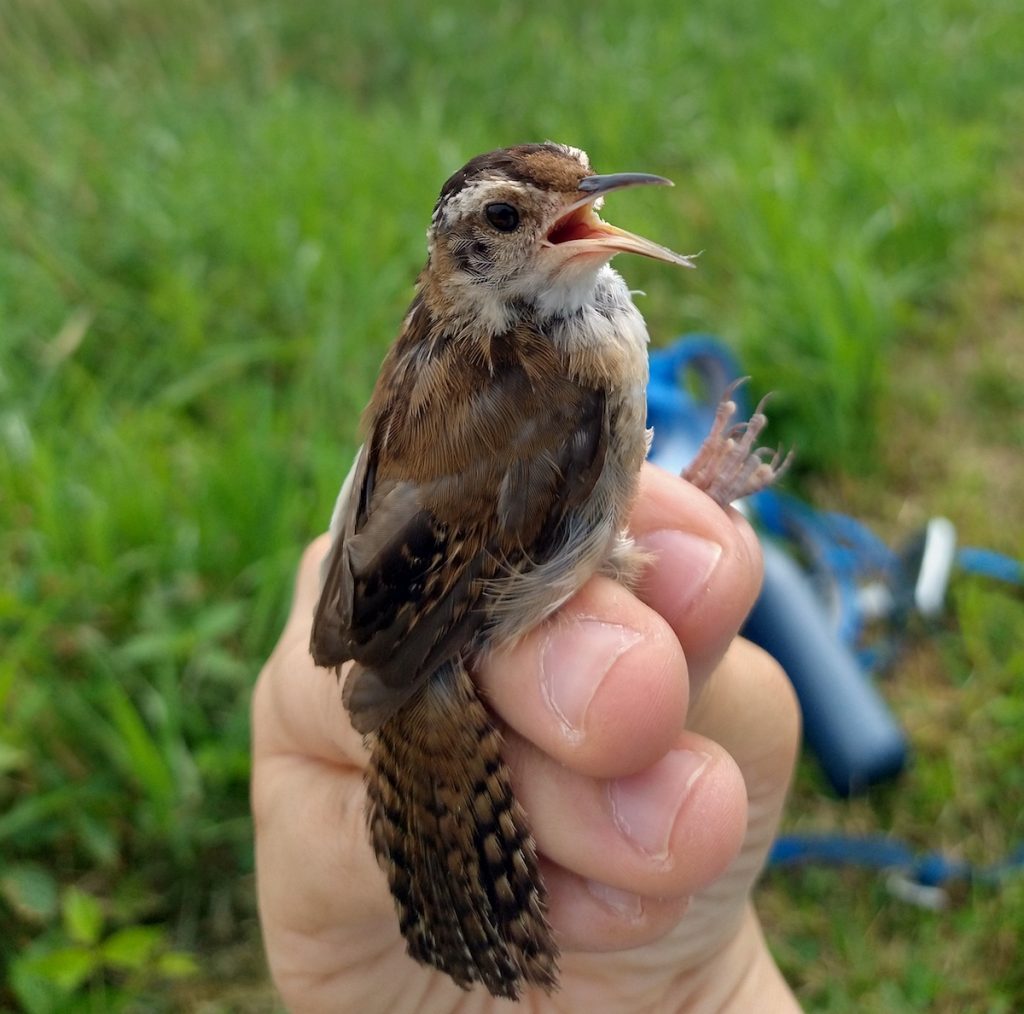
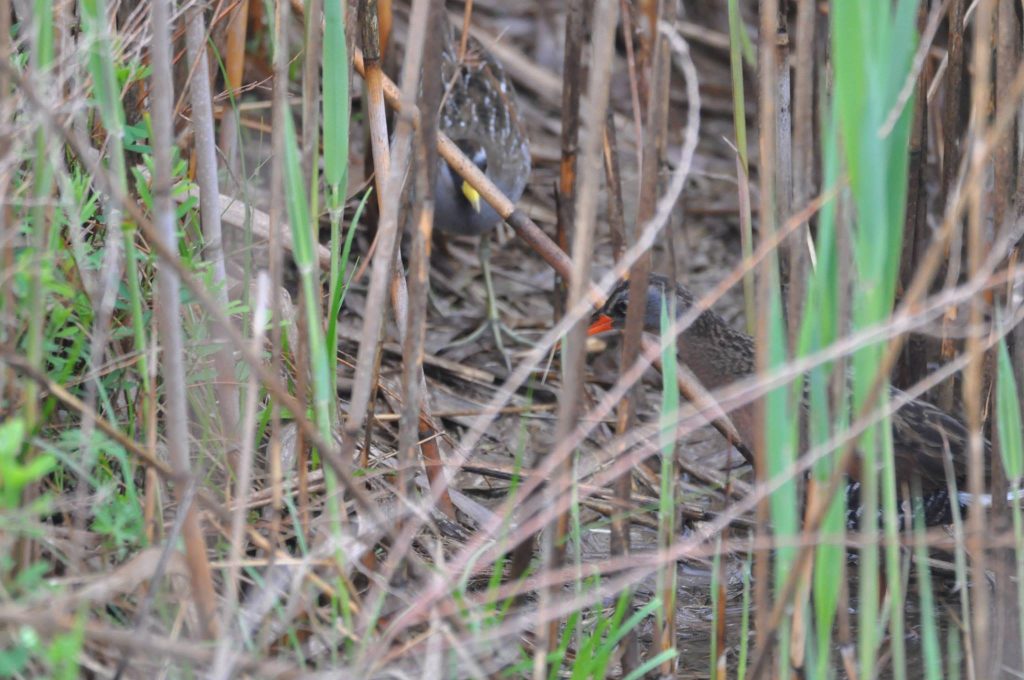
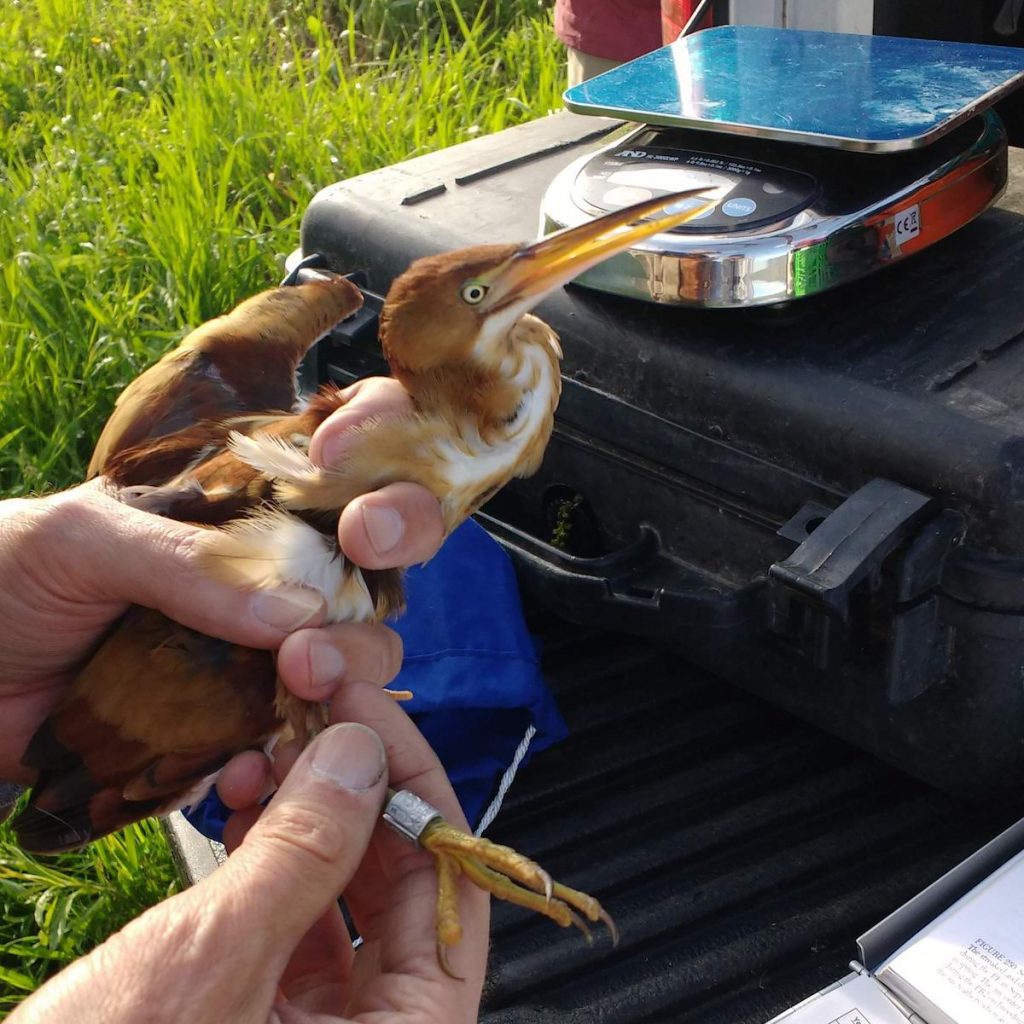
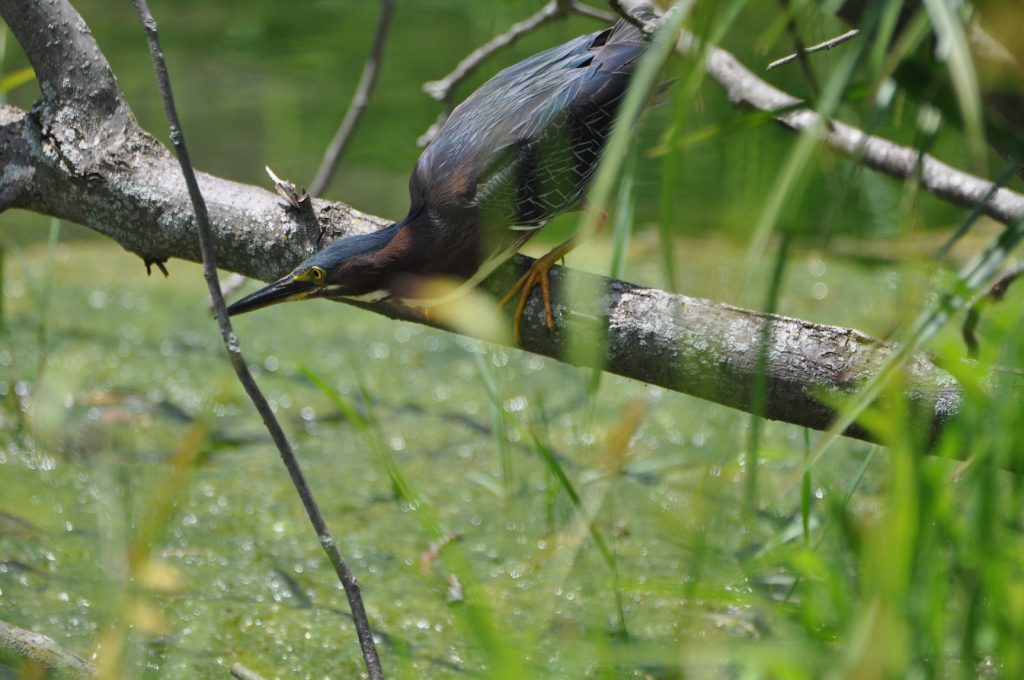
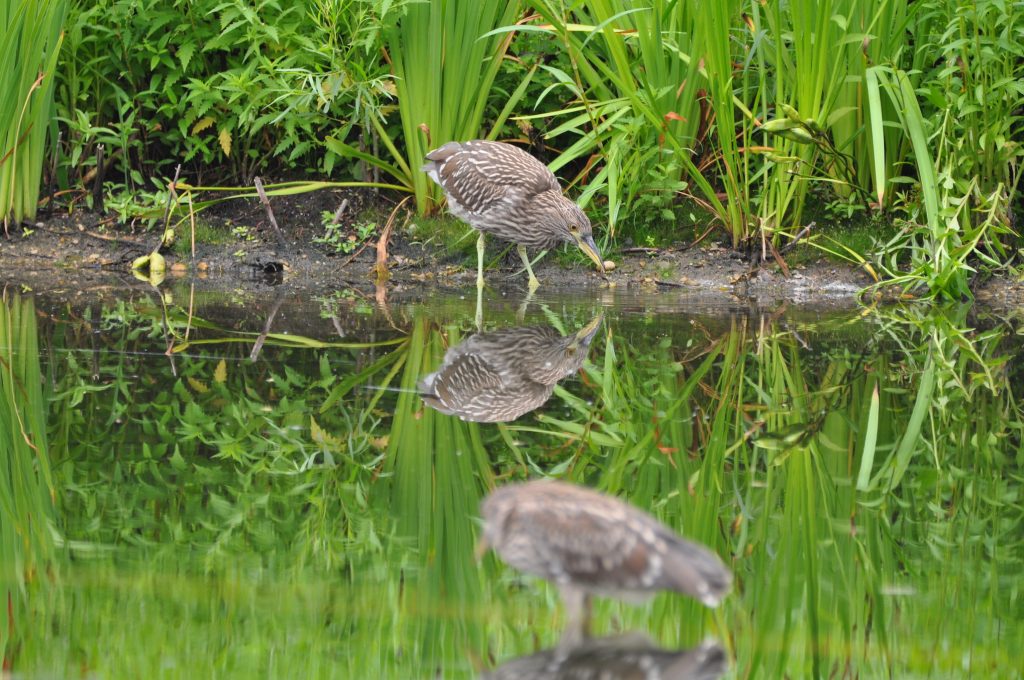
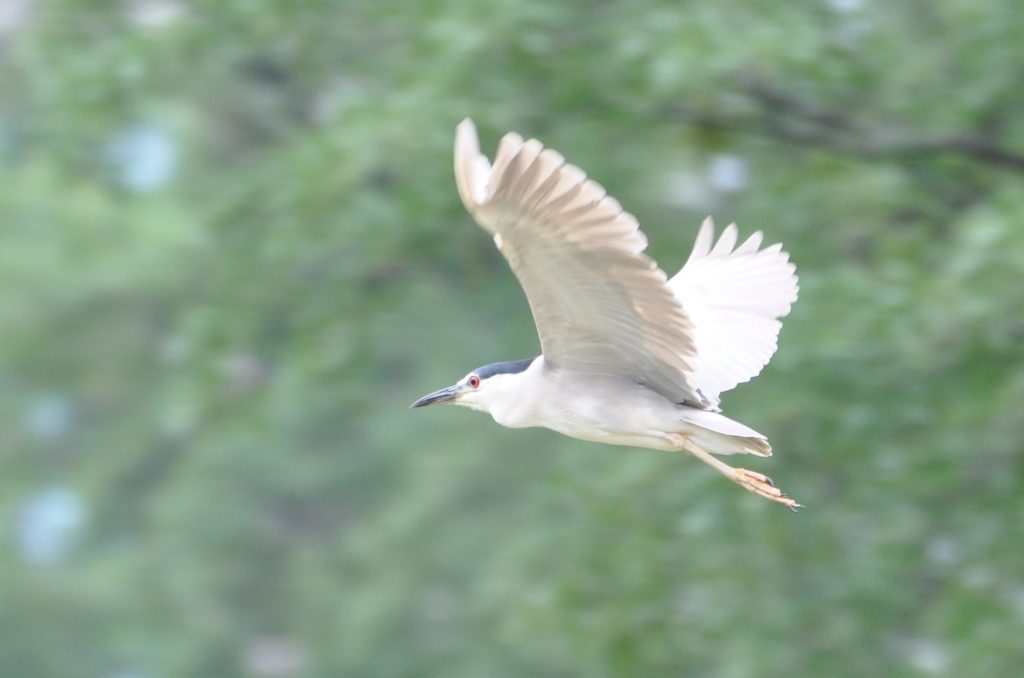
Many grassland bird populations are thriving and increasing within small, protected grassland patches in the greater Chicago region. Likewise, it is possible that marsh birds thriving in similarly-sized habitat patches have previously gone unnoticed.
Ornithologist Asya Rahlin is working with collaborators at National Audubon and Audubon Great Lakes to understand marsh birds’ use of urban habitats.
- Which marsh bird species use urban habitats?
- Does increased urbanization and development correlate with occupancy?
- Which wetland types are most valuable to marsh birds?
The project assesses the impact of wetland, urban, and invasive species-dominated landcover types at multiple spatial scales on marsh bird occupancy to understand their relative impacts on marsh birds in the Chicago area.
The primary goal is to assess the value of urban wetlands for multiple marsh bird species of concern, including American Bittern, Common Gallinule, Least Bittern, King Rail, Pied-billed Grebe, Sora, and Virginia Rail, to inform land management decisions.
The team conducted counts and playback at 477 points across Illinois and Indiana, using the Standardized North American Marsh Bird Monitoring Protocol developed by Conway (2011).
Points were located primarily in the Chicagoland region and typically consisted of wetland patches surrounded by an urbanized matrix.
We surveyed wetland patches for 17 focal species, including the American Bittern, Common Gallinule, Least Bittern, King Rail, Pied-billed Grebe, Sora, and Virginia Rail.
We extracted remotely sensed wetland habitat, urban development, and invasive species (Phragmites) cover data from the National Wetlands Inventory, the Global Urban Footprint database, and USGS.
We created single-species occupancy and abundance models for species of interest to determine how wetland birds respond to different wetland habitat types, urbanization, and invasive Phragmites cover at different spatial scales.
- Swamp Sparrows, Marsh Wrens, Black-crowned Night Herons, Blue-winged Teals, Common Gallinules, and Least Bitterns persist in urbanized wetlands.
- American Coot, Pied-billed Grebe, Sora, and Virginia Rail show occupancy declines with increasing urbanization.
- We did not detect enough Snowy Egrets, Black Terns, or Yellow-crowned Night Herons to parameterize models adequately.
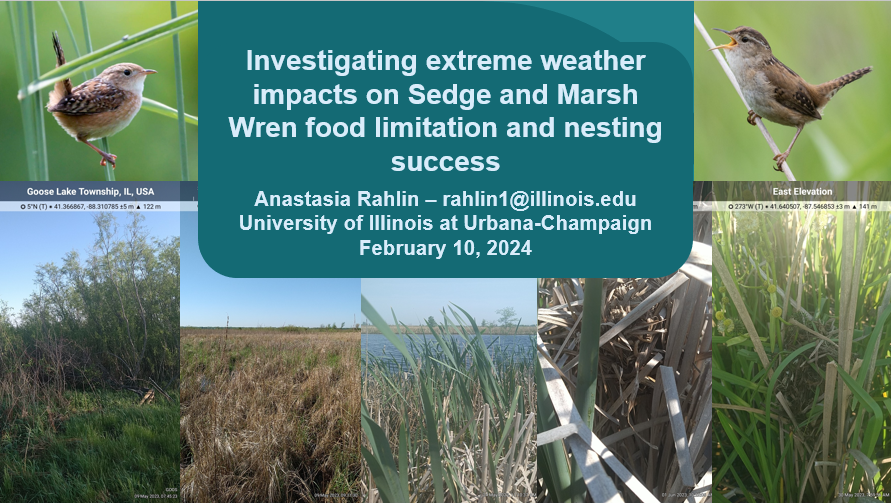
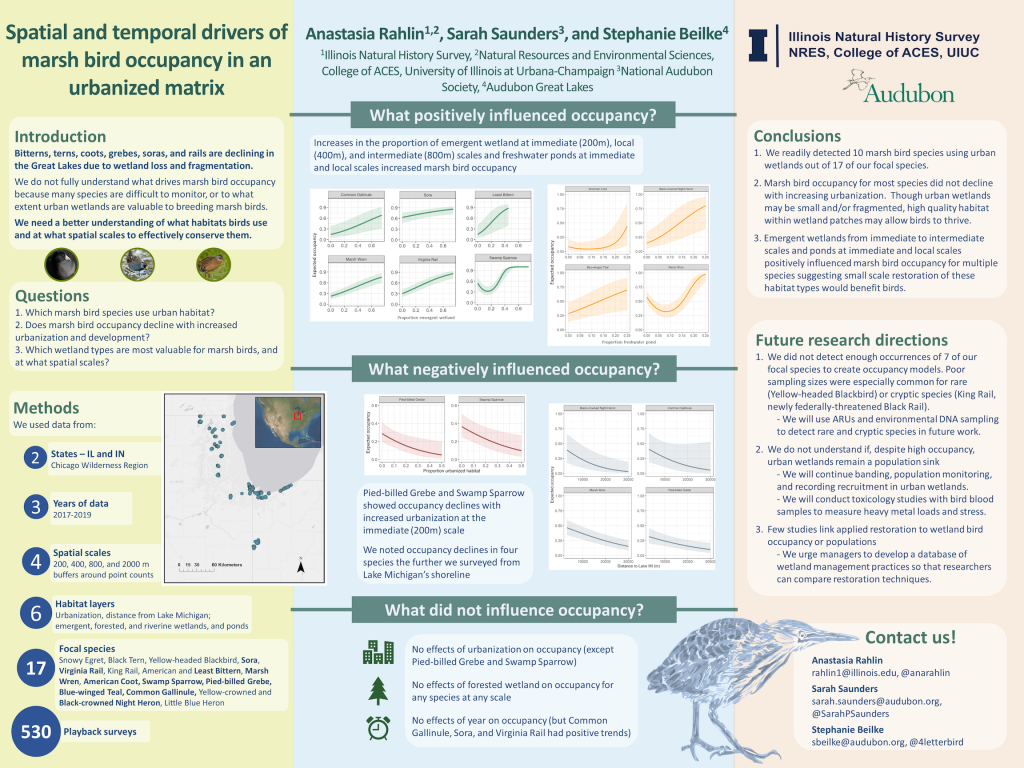
We are also using eDNA to detect several species of cryptic wetland birds and using mist nets to catch and mark birds.
Check out the Audubon Great Lakes webpage about marsh bird research
Publications:
Rahlin, Anastasia A., S.P. Saunders, and S. Bielke. 2022. Spatial drivers of wetland bird occupancy within an urbanized matrix in the Upper Midwestern United States. Ecosphere: DOI: 10.1002/ecs2.4232
U of I News Release: Study tracks waterbird use of Chicago-area wetlands.
